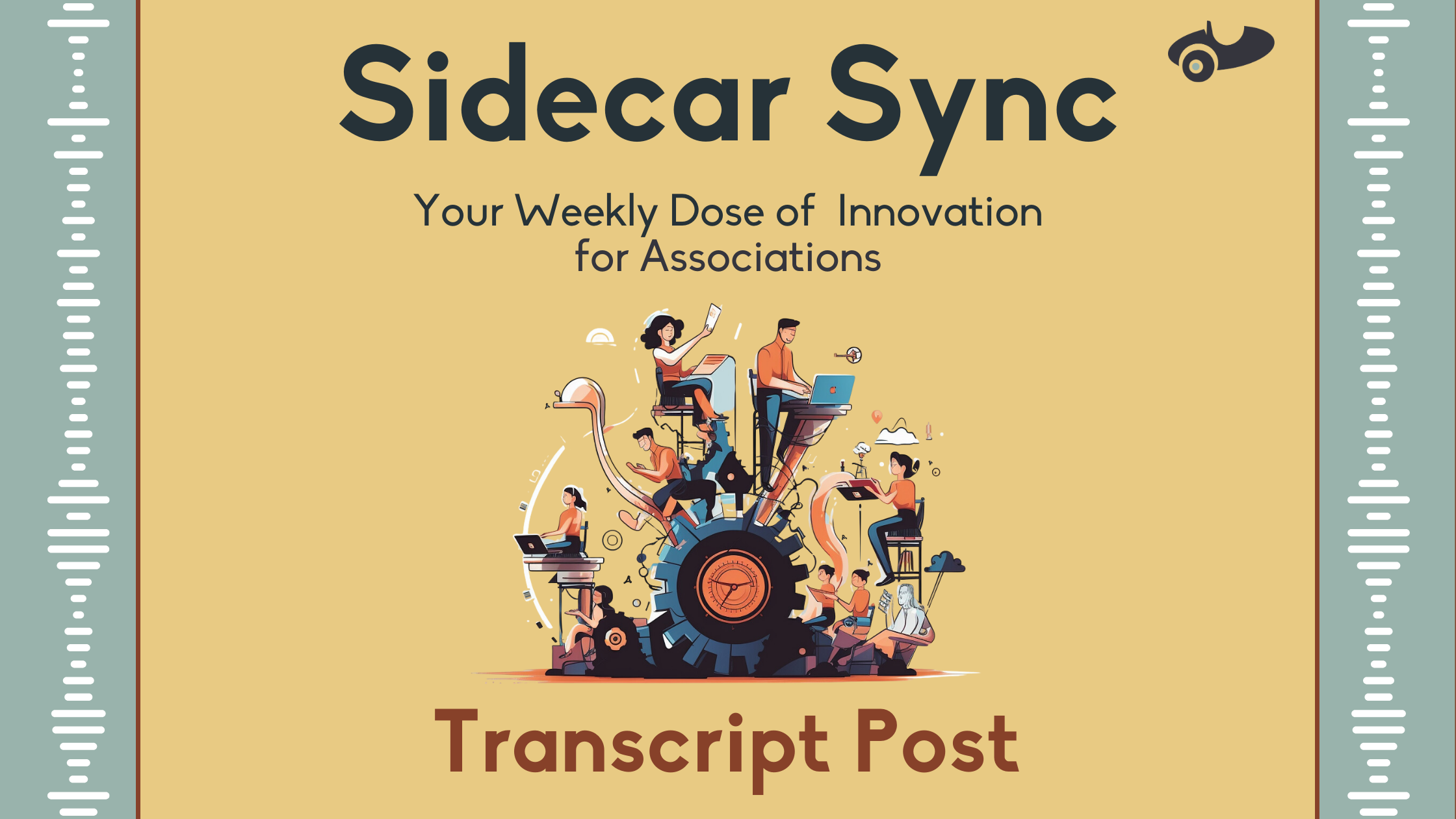When it comes to creating or offering professional development for your members, there is no arguing that it’s valuable and necessary. However, for many association professionals, the subsequent response is often, “where do I find the time?”
Whether it’s because of shortening attention times or limited schedules, finding time for learning opportunities is tough, and microlearning may be the solution.
What Is Microlearning?
Microlearning can take many forms, including short quizzes, quick explainer videos, term flashcards or even infographics. While there is no specific time constraint, it is recommended for a microlearning opportunity to take less than 15 to 30 minutes, and the consistent throughline on all microlearning definitions is that it should be “bite-sized” and focused on a specific topic.
The Forgetting Curve
In the 1880s, German psychologist Hermann Ebbinghaus studied how the passing of time impacted learning. His research determined that information retention deteriorated with time, forming the basis for his “Forgetting Curve.”
According to Mindtools, some of the other important takeaways were:
- Information not reinforced or reviewed was the quickest to drop from our memories.
- How information was presented significantly impacted how much of it stuck with the subject.
- It was easier to remember the things that made an impression (i.e., presented uniquely) or were of interest to the subject.
How Can It Help Your Association Members?
So what does the “Forgetting Curve” have to do with associations and microlearning?
For associations, e-learning is likely one of the most significant member benefits you provide. However, those massive certification programs and complex coursework could be a barrier for your members.
Not only is their time limited, making it difficult to invest in professional development, but many of the topics are complex, which means they may forget information soon after they’re learning it.
More often than not, this can be addressed by adjusting your learning design – making things more engaging, integrating video, and changing your LMS – but for many organizations, adding microlearning can be a valuable tool for creating more engaging learning experiences.
Related: The Real Cost of Ignoring Professional Development
Learn More >
3 Benefits of Providing Micro Options
It’s important to remember that your educational content is not an either/or scenario. You can keep your existing long-form content, but by complimenting that content with microlearning opportunities, your members can enjoy critical benefits:
- Makes Content Easier to Consume – Providing value to your members means making their lives easier. Microlearning creates opportunities for quick and convenient lessons that can take any form. Not only does it help your members, but it ensures they’ll come back, building member engagement and rapport with your audience.
- Helps with Information Retention – As mentioned above, the denser a topic, the quicker your audience forgets it. While you can always create additional resources to help reinforce those lessons (and we recommend you do), creating content that’s already optimized for retention is also helpful.
- Allows for Personalized Learning – According to McKinsey, “training courses are most effective when they are tailored for specific roles and at identifiable career inflection points, as opposed to being offered episodically, according to the calendar, or when HR secures resources for new learning initiatives.” In other words, the learning opportunities you provide to members must be based on the experiences they’re likely to have and available when they need them. Microlearning allows you to easily create content at scale and with a scope specific to these inflection points.
Simple Ways to Create Microlearning Opportunities
We know your members’ time is limited, but they’re still looking for valuable learning content. So what can you do? While a lot goes into creating microlearning content, there are ways to get some easy wins early on.
- Repurpose Old Content – Plenty of organizations create long-form content to delve into dense topics – for example, our post on mentorship. Sidecar education content is built with microlearning principles in mind. Not only have we created additional blogs to make the individual subheadings their own lessons, but also we’ve included infographics that make it easier for visual learners along with video content in Sidecar Academy for members that want to learn on their own time. Your own content archives are great places to start looking for microlearning opportunities.
- Create Micro-Videos – Maybe your members are on the go and don’t have time to sit and work through an entire learning module. However, they may find it easier to listen to or watch a video at their convenience. Whether the video is a how-to, an explainer or even an interview, video can be a powerful tool for your association.
Related: How To Make Video Personalization Your Membership Superpower
Learn More >
- Design an Infographic – Complex ideas can be challenging to digest. A helpful way to break these down – particularly for your visual learners – is with an infographic. They can focus on illustrations or text, but by condensing everything into a one-pager, your content is easier to digest and much more shareable, another benefit to microlearning.
Empowering Your Members Through Optimized Learning
For associations, creating learning opportunities for your members is a top priority. While your traditional coursework and content can be a powerful tool, understanding the needs and limitations of your members is also essential.
When time is limited and member needs often depend on role changes or disruptions to their industry, creating bite-sized content to address these specific issues can be a huge asset. Whether that’s quick videos or even an infographic on key concepts or terms, experimenting with microlearning can be the next frontier for your organization.
Unlock the power of Sidecar for your entire association.
Learn more
Jose Triana
Jose Triana joined the Sidecar team as the Content Manager in 2021. He is a writer and creative focused on helping purpose-driven organizations learn and find value online. When he isn't working on content, you can catch him going for a run or resting with a good book.






